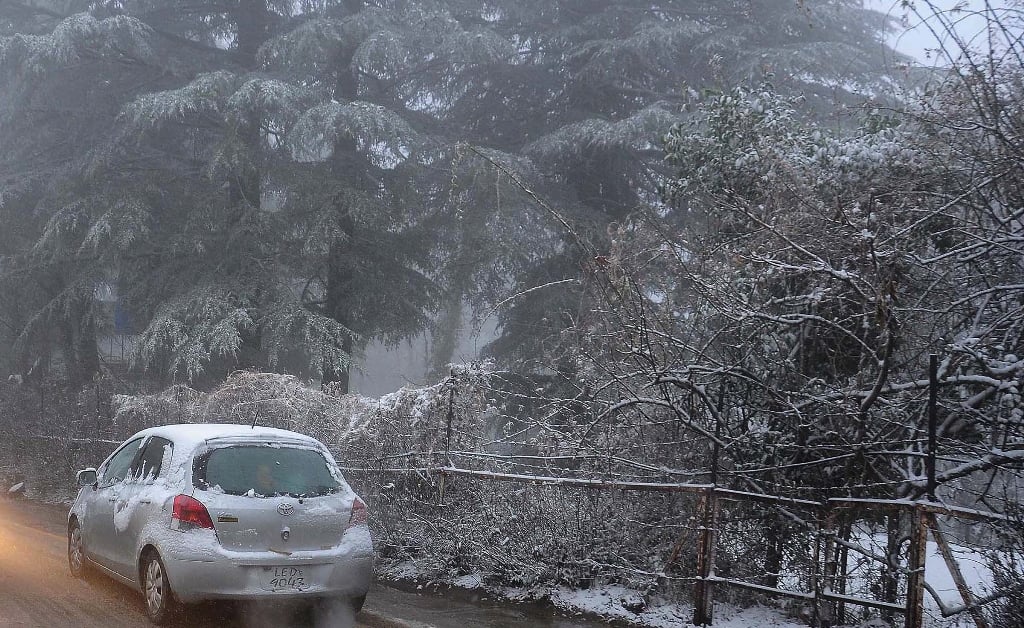
Quetta has experienced an alarming drop in the water table that some say could be as much as three-and-a-half feet every year. Similarly, the average groundwater level in the city is 180 feet. The water level has fallen because of deep-dug tube wells which though officially banned have crossed the figure of 2,200. Of these, only 450 are registered and legal in the eyes of the authorities.
Little effort has been made to revive the province’s centuries-old irrigation water supply system or karez. Fewer than 100 karezaat are currently working in the province with thousands of traditional water supply systems either dysfunctional or permanently dried up. Lands have therefore begun to sink in several parts of the province.
In these circumstances dams are the only viable option to stave off water shortages. And in this area the provincial authorities have proved thoroughly incompetent. The province loses as much as 8.57 billion cubic metres of water out of 10.693 billion cubic metres every year. Even the water that comes into Balochistan from Sindh is squandered. It is time that the authorities took action to mitigate the suffering of the people.
Published in The Express Tribune, September 12th, 2017.
Like Opinion & Editorial on Facebook, follow @ETOpEd on Twitter to receive all updates on all our daily pieces.


















COMMENTS
Comments are moderated and generally will be posted if they are on-topic and not abusive.
For more information, please see our Comments FAQ